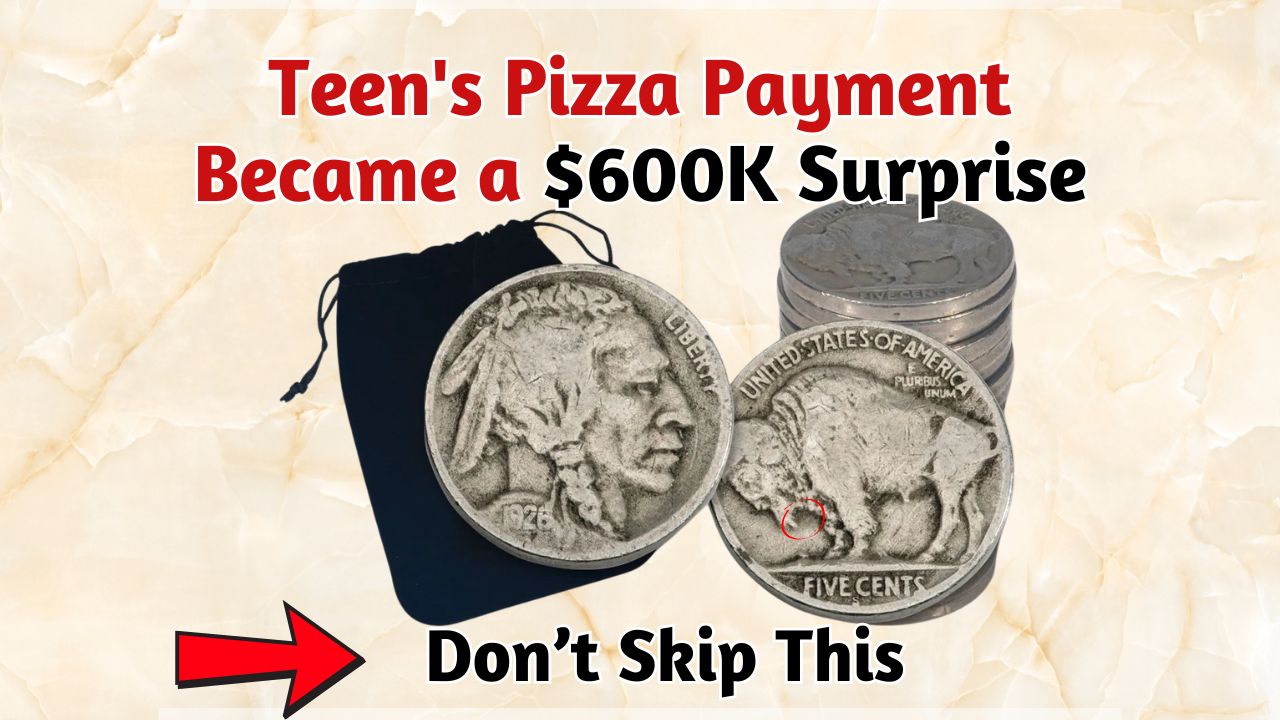It’s the whisper in coin collector circles, the fleeting ghost of copper that might still jingle in your pocket — a Lincoln Wheat Penny, minted not from mundane steel but from bronze, cloaked in the hues of war-era scarcity and valued at a staggering $1.5 million. A coin born not of design, but of mishap. This copper emissary, stamped in 1943 against the government’s intent, survives today as a spectral oddity — a numismatic anomaly.
Cast in commemoration of Abraham Lincoln’s centenary in 1909, the Wheat Penny was the U.S. Mint’s brazen departure from allegory to reality. Victor David Brenner’s design etched Lincoln’s sober visage into the annals of coinage, while the reverse bore twin wheat stalks — agrarian metaphors of America’s roots. These modest discs of metal spun from hands to tills for half a century, yet it is the aberration — not the norm — that catches the collector’s breath.
A War-forged Mistake Worth Millions
In 1943, war cannibalized copper. Ammunition, communications, vehicles — all devoured the reddish metal, and so the penny donned a silvery steel suit, zinc-plated and impersonal. But fate flicked its finger — bronze blanks from 1942 slipped into the machinery and emerged with 1943’s imprint. A silent rebellion against industrial conformity. Fewer than 20 are known, though speculation coils around unknown quantities lost in circulation, waiting — rustless — in forgotten jars.
The 1943 bronze penny’s value isn’t mere metal. It’s mythos. A whisper from the war years when mistakes bore million-dollar legacies. They are relics of a nation at war, of oversight turned artifact. Auctioned for up to $1.5 million, they transform from fiscal tools to folklore.
Verifying the Phantom
To the sharp-eyed treasure-seeker, the hunt is tangible. A 1943 date — check. A reddish glint instead of dull steel — check. Place it near a magnet: bronze defies attraction. Steel succumbs. Weigh it — 3.11 grams whispers bronze; lighter means no fortune here. Mint marks may linger — a subtle “D” or “S” crouching beneath the date, or nothing at all. But should these criteria align, halt. Do not sell. Authenticate. Even hope has a protocol.
Rarer Yet
Beyond the bronze chimera, other dates beckon collectors. The 1909-S VDB — designer Brenner’s initials too bold for early 20th-century taste — was swiftly silenced, making surviving coins rare as hen’s teeth. The 1914-D is another unicorn; its low mintage cloaks it in scarcity. The 1922 “Plain” penny — its mint mark vanished — and the 1944 steel penny (a reverse echo of the 1943 bronze mishap) deepen the lore.
These are not just coins. They are misprints of history.
Everyday Chance for the Unlikely
Why does the Lincoln Wheat Penny endure in hearts and dreams? Because unlike gem-laden crown jewels or paintings sealed in vaults, these treasures may still ride inside forgotten piggy banks or dusty desk drawers. Every fistful of pennies is Schrödinger’s jackpot. They are tangible time capsules — minted moments that once paid for candy, newspapers, and bus rides, now possibly worth fortunes.
Collecting Wheat Pennies isn’t just a hobby. It’s folklore dressed as currency. And the search isn’t futile — it’s beautifully irrational, like bottled lightning or whispered legends.
FAQs
What is the 1943 bronze Lincoln Wheat Penny?
It is a rare error coin struck on bronze planchets during a year when pennies were intended to be made from steel due to wartime copper conservation.
Why is the 1943 bronze penny worth $1.5 million?
Its extreme rarity, historical context, and accidental creation during World War II have made it one of the most valuable coins in existence.
How can I identify a genuine 1943 bronze penny?
Check the date, color (coppery hue), weight (around 3.11 grams), and test with a magnet (it shouldn’t stick).
Are there still 1943 bronze pennies in circulation?
Though rare, some may still exist unnoticed in coin collections or everyday change.
What should I do if I think I found one?
Have the coin professionally authenticated by a reputable grading service to confirm its legitimacy and value.












